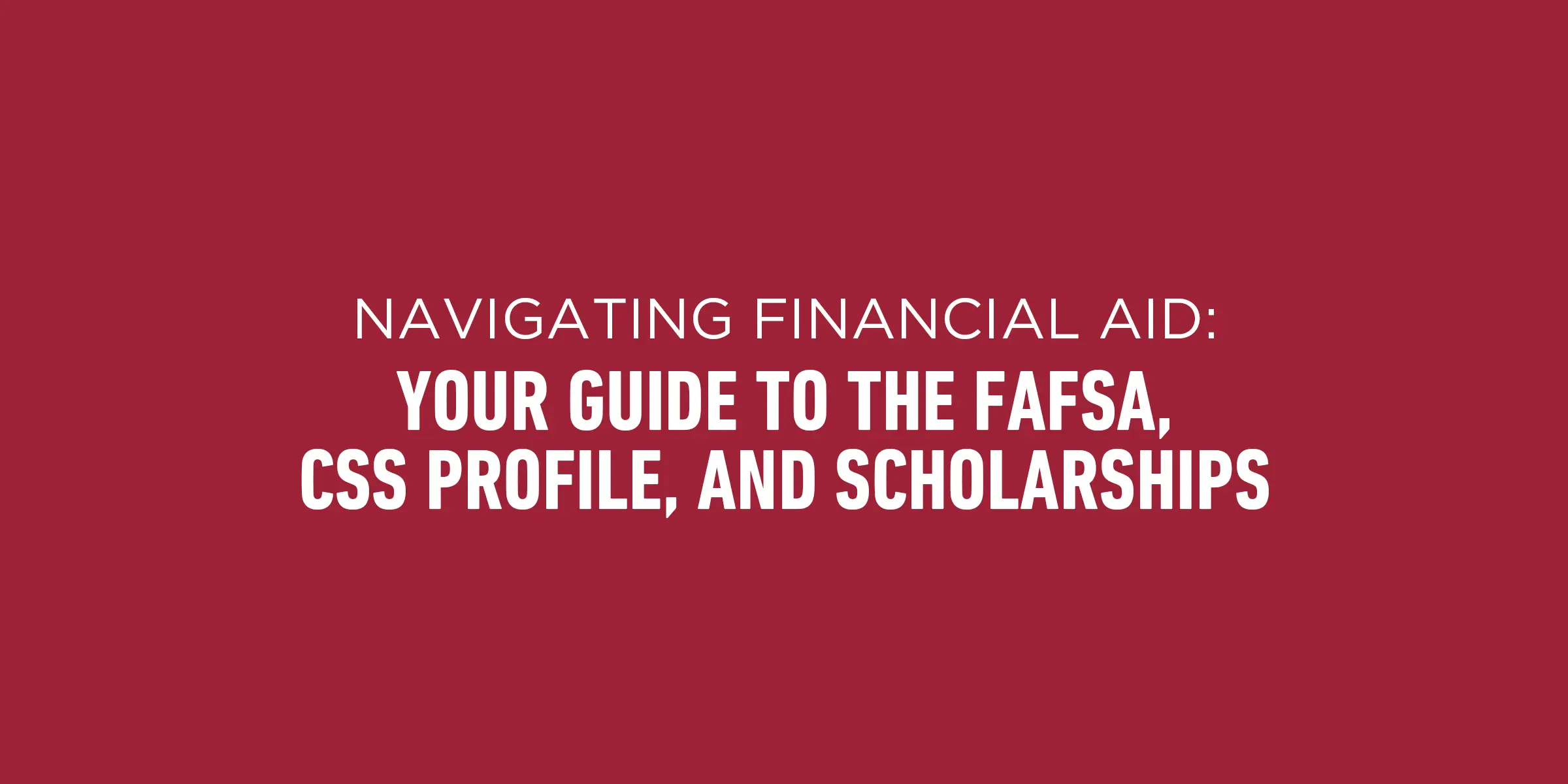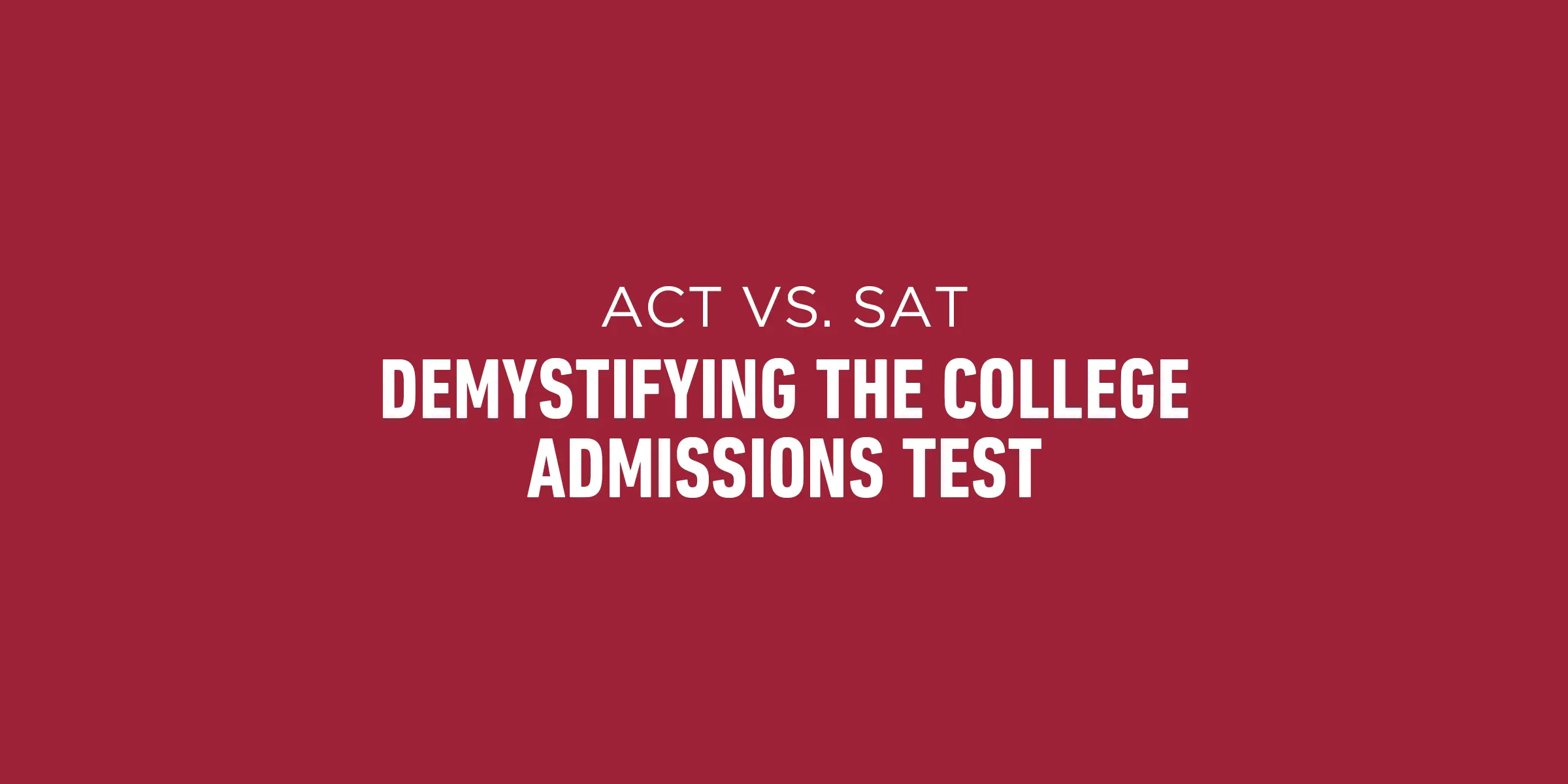Your Winter Break ACT/SAT Power-Up!
December 2025
The spring testing dates for the ACT and SAT are right around the corner. For students planning to take one or both exams, the winter break is the single best time to build a strong foundation, identify weaknesses, and significantly boost their score potential. Why? Because you can dedicate focused, uninterrupted time away from the daily demands of classes and homework.
Don't let the break turn into a study marathon that causes burnout. The key is balance and strategy. By treating your preparation like a workout schedule—with intense sessions followed by rest—you'll maximize your efforts and return to school feeling confident and prepared.
1. Set Your Baseline & Build Your Plan
Your first step must be diagnosis. You wouldn't start driving without knowing your destination, and you shouldn't start studying without knowing your starting score and target goal.
- Take a Practice Test: Carve out a single, distraction-free morning to take a full-length, officially released practice test for the exam you're focusing on (or one of each if you're undecided). Treat it like the real thing: time yourself strictly, use the same calculator, and take breaks only when allowed.
- Analyze Your Results: This is the most crucial step! Don't just look at the score; look at the type of questions you missed. Did you run out of time on the Math section? Did you fall for trap answers in Reading? Are you consistently missing questions on certain grammar rules?
- Establish a Schedule: Based on your analysis, dedicate more time to your weakest areas. Even one hour per day over a two-week break totals 14 hours of focused study—a huge advantage! Be sure to schedule in rest days and fun activities to prevent study burnout.
2. Strategically Master Content and Timing
The ACT and SAT have specific, repeated concepts. Your study time should focus on mastering these predictable areas and streamlining your approach to the unique timing of each section.
- ACT Section Retesting: For ACT prep, remember the power of superscoring and the potential to use Section Retesting (where available). This means you don't need to try to master all four subjects simultaneously. You can use the break to focus intensely on your weakest area (e.g., the Math section) and maximize that single score, knowing a college that superscores will value that improvement.
- SAT Adaptive Mastery: The digital SAT is adaptive, meaning your performance on the first module determines the difficulty of the second. This makes foundational mastery even more critical. Use official resources (like the College Board's Bluebook app and Khan Academy partnership) that provide personalized practice based on your PSAT or initial practice scores.
- Master Test-Taking Strategies: Practice problem-solving techniques like back-solving (starting with the answer choices in Math) or the process of elimination in the reading sections. Knowing how to take the test is often as important as knowing the content.
3. Maximize Your Environment
The winter break provides a unique opportunity to change your environment, which can often be the secret weapon in your preparation.
- Find Your Study Sanctuary: Is your home chaotic during the holidays? Seek out quiet study spaces like a local library, university campus, or a quiet coffee shop during off-peak hours.
- Read for Retention: Reading complex, non-fiction material is the best free prep you can do for the Reading sections. Dedicate 30 minutes daily to reading articles from reputable sources (like The New York Times, The Economist, or scientific journals) and practice active reading—annotating main ideas and arguments as you go.









-385.png_385.png?version=638525887025100000)